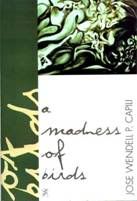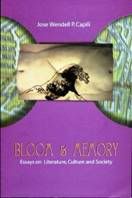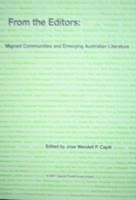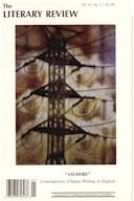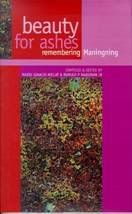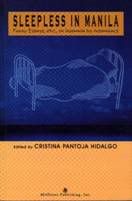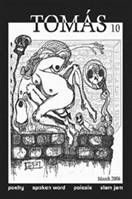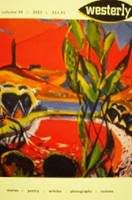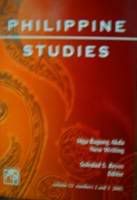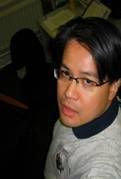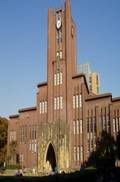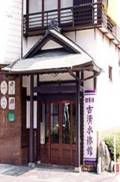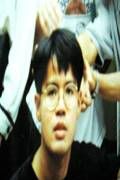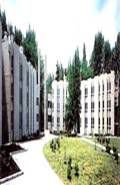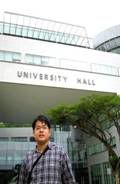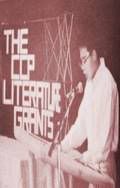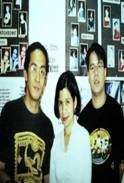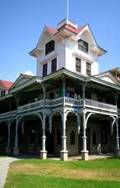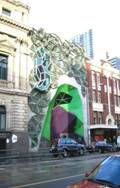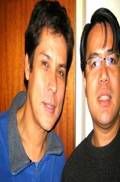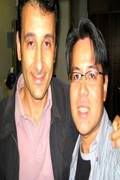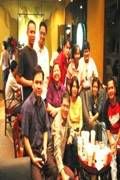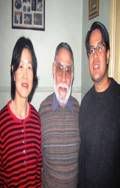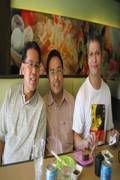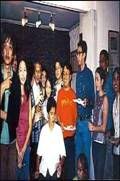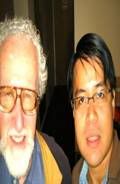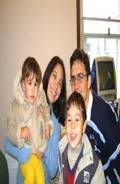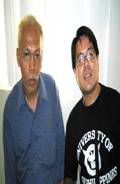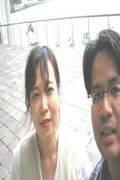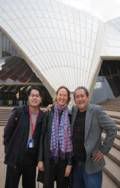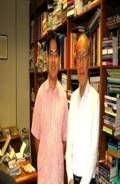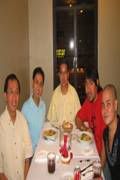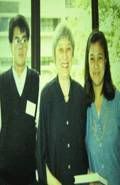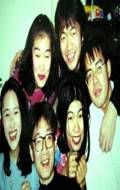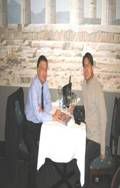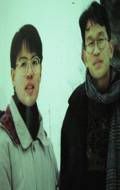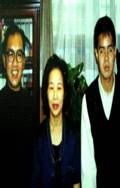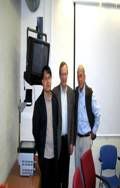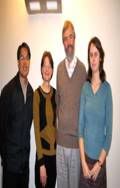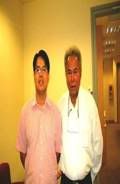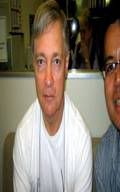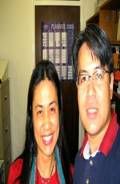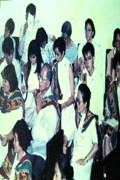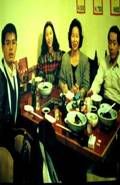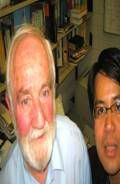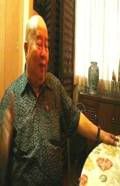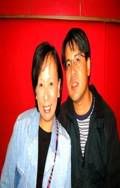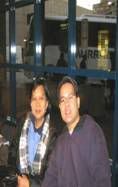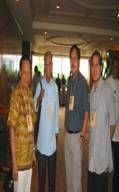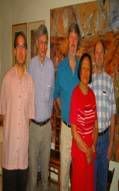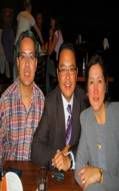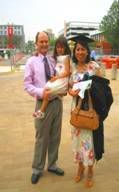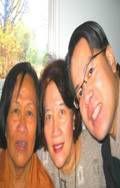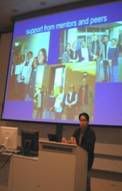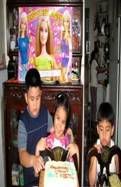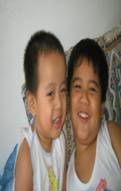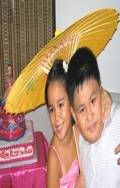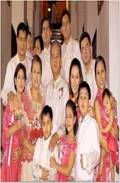MANILA, Philippines - In a country where diplomas are displayed prominently in living rooms and name plates bearing professional credentials hang outside homes for neighbors to see, degree holders who have spent a fortune on their college educations will be dismayed to find out that Philippine universities do not fare well in global rankings.
Only four Philippine universities out of the country’s more than 2,000 higher education institutions have produced flickers on the global radar screen - state-run University of the Philippines (UP) and three Catholic schools: Ateneo de Manila University, De La Salle University, and the University of Santo Tomas (UST).
But in the latest global Top 500 ranking, only two universities remain in the elite circle: UP, which fell to 398th in 2007 from 299th in 2006, and Jesuit-run Ateneo, which rose to 451st from 484th. La Salle and UST have dropped out of the Top 500, ranking 519th and 535th, respectively.
In measuring quality, the yearly survey by The Times Higher Education Supplement and consultancy Quacquarelli Symonds (THES-QS) relies on ratings by "peers" and job recruiters as well as indicators like student-to-faculty ratio, the presence of foreign faculty and students, and whether university researchers have been cited internationally.
Much importance is placed on ratings given by peers (who are not allowed to vote for their own universities), which have a weight of 40%, followed by student-to-faculty ratio (20%), citations per faculty (20%), "graduate employability" through the recruiter review (10%), and international faculty and students (5% each).
In a field where number one Harvard University scored 100 and Cambridge, Oxford, and Yale universities were almost perfect, UP scored 34.7 and Ateneo, 30.8. La Salle and UST tallied 23.9 and 20.8, respectively.
Comparing Philippine universities to the Ivy League may be foolhardy, but the problem is that Indonesian, Indian, Thai, and Malaysian universities also rank better.
Thailand and Malaysia have five universities in the Top 500. India has eight on the list. Indonesia has three, all of them higher than UP: Gadjah Mada University (360th), Bandung Institute of Technology (369th), and the University of Indonesia (395th). Thailand’s prestigious Chulalongkorn is way up at 299th.
Another ranking by a Chinese think-tank attached to the Shanghai Jiao Tong University does not have Philippine universities in the top 500. This survey is tougher: universities must have Nobel Prize winners, Fields medals for mathematicians, highly cited researchers, or articles in Nature or Science. Not surprisingly, Japanese, Israeli, and Australian schools dominate that list.
There are other rankings with entirely different methodologies. The "Webometrics" ranking by a Spanish research body, which measures a university’s Internet presence and the volume of research output freely accessible online, has UP and La Salle dominating other local universities.
Last year, the École des Mines de Paris ranked each university according to the number of alumni who are CEOs of Fortune 500 companies. In Asia, only Japanese, Indian, Korean, and Chinese universities made it to the list.
With school prides hurt, the rankings have generated much debate. Some Internet blogs and forums are devoted to attacking their methodologies.
Catholic universities say that working to improve their showing in the THES-QS indicators might not be in keeping with their avowed missions.
Ateneo de Manila President Bienvenido F. Nebres, S.J., for instance, has declared that the university’s priority is producing a new generation of leaders who will be "at the service of others."
Ateneo may have become the top private university in the Philippines based on the THES-QS survey, but the global ranking is something it would rather not promote in official brochures.
The university’s associate dean for academic affairs, Eduardo Jose E. Calasanz, said: "We see the survey from two points of views. We see it as a way to improve ourselves and at the same time it tells us not to bow down to the criteria of the other institutions."
"The problem with the Times survey is that there is a different set of priorities. For instance, they put more premium in internationalization and research but for us, we give more priority on national development.
"The survey does not speak of the entirety of the quality of a certain school because each school has its own set of criteria and mission and vision. Moreover, a university should be judged based on its discipline," he said.
Jose Mari S. Magpayo, executive director of La Salle-Manila’s Marketing Communication Office, said: "It is hard to gauge the impact of rankings as the methodology and criteria change year after year."
La Salle, which ranked higher than Ateneo in the 2006 THES-QS listing, acknowledges that being in the Top 500 would be good "from a marketing standpoint."
"[But] at the end of the day ... we should ask ourselves: ’Who is conducting the survey? What methodology has been employed? What is the purpose of the survey? What is it measuring?’ These surveys are useful for us to know how others perceive us," he said.
Locally, these schools are way ahead of the pack. La Salle enjoys the distinction of being the first private academic institution to receive the rare Level 4 status - the highest level given by a private accreditation body. Most other schools are only Level 3.
Ateneo is also at Level 4. Eleven academic programs have been declared by the Commission on Higher Education (CHEd) as "centers of excellence" or COEs while two are "centers of development" or CODs. Ateneo’s John Gokongwei School of Management was the first to be declared a business and entrepreneurship COE among over a thousand business schools nationwide.
La Salle has 11 COEs and four CODs. As a perk, these programs receive state grants for scholarships, faculty development, library and laboratory upgrading, and research, among others.
Not counting UP, which has the lion’s share of COEs and CODs at more than 50, the country’s top private universities have the biggest number of these centers entitled to state aid.
At school opening ceremonies last week, the UST rector, Fr. Rolando V. de la Rosa, O.P., noted that among private universities, UST had consistently obtained the highest average passing rates in board exams and the most number of CHEd centers of excellence and development (17), even without state subsidies.
In a report released by the CHEd and the Professional Regulation Commission last year, UP-Diliman and UST were the top schools in terms of average passing rates in board exams from 1999 to 2005. The rest of the top 10 are Saint Louis University of Baguio City, UP-Los Baños, Xavier University of Cagayan de Oro, Ateneo de Davao University, Ateneo de Manila, Siliman University, University of San Carlos, and Mindanao State University-Iligan Institute of Technology.
Marilyn C. Mabini, assistant to the rector for planning and development, said the nearly 400-year-old UST is still competitive "globally especially in the area of health sciences." Enrolment levels may also indicate which schools are perceived by the market as offering quality education, she said.
Despite expensive tuitions, Catholic universities still enjoy a large student population. La Salle has more than 13,000 and Ateneo, more than 11,000. UST, a middle-class bastion, has 33,000 students, the biggest Catholic university in the world in one campus.
UP, meanwhile, has not been giving data to THES-QS survey for two years, said Jose Wendell P. Capili, associate dean for academic affairs of the College of Arts and Letters, and yet it continues to rank. While something to crow about, there is a sense in UP that it’s still better than a number of universities on the THES-QS list. Many UP officials also feel the ranking is skewed toward schools with money, and that it does not have emphasis for fields such as arts and the humanities, Mr. Capili said.
But UP economist Solita C. Monsod said Philippine universities should treat the rankings as a "wake-up call."
"[We should not have this] false sense of righteousness ... everybody is being compared to everybody," she told BusinessWorld.
Local universities should also not take offense that others in the region have a higher rank, because "it is what it is." At least, the global rankings are a "consistent benchmark," Ms. Monsod said.
Mr. Capili pointed out that there are simply too many state colleges and universities tending to eat up the government’s resources and leaving UP, the "national university," with less.
There are more than 500 government-run higher education institutions, of which 436 are state colleges and universities, including satellite campuses. This year, state colleges and universities have a P26.2-billion budget, out of which P19.4 billion will be funded by direct subsidies.
The entire UP system - which has more than 50,000 students in 246 undergraduate and 362 graduate programs - has a P6-billion subsidy this year. The total expenditure this year is P7.2 billion, some P135,000 per student.
"Many state colleges and universities are of poor quality, and serve only as milking cows of politicians," the UP official argued.
Senator Edgardo J. Angara, a former UP president, has the same assessment: "Many of [the state colleges and universities] may not be qualified even to be universities.."
Ms. Monsod agreed but said this was different matter. For UP, celebrating its centennial this year, a new charter passed recently by Congress is "a very big step in the right direction," providing more flexibility in fund-raising and faculty recruitment. It gives UP an additional P100 million in state funding every year for the next five years, and allows the development of the university’s assets.
Some private schools, meanwhile, are thriving under a smaller scale. Far Eastern University (FEU), with some 24,000 students in 50 academic programs, spent around P1 billion last year, or about P43,000 per student. The publicly listed school booked P628 million in profits. Another listed school, Centro Escolar University (CEU) which has around 20,000 students, spent P883 million last year or P44,000 per student. It reported P238 million in profits for the fiscal year ending March 2007.
But overall, the situation could be as problematic as the mushrooming of substandard state colleges.
Out of nearly 1,500 private sectarian and nonsectarian higher education institutions, the government could grant autonomy to only 22, most of them in Metro Manila: UST, Ateneo, La Salle, CEU, and Miriam, St. Joseph’s, and Assumption colleges.
Autonomous status allows universities to design their own curricula, offer new programs and put up branches or satellite campuses without having to secure permits, confer honorary degrees, and carry out operations without much interference from CHEd.
Another 12 schools led by Ateneo de Naga University, Jose Rizal University, and FEU have "deregulated" status, with the same privileges as autonomy. They must still secure permits for new programs and campuses.
Mr. Angara said the better performance of other Southeast Asian universities in the latest survey is something that "we have to worry about."
"As I see it, the weakness in our educational system is in the teaching of mathematics and science and technology, which are considered as the weakest links in the educational chain," he said.
More investments in education are needed to improve research and development and faculty qualifications, he added.
from BusinessWorld and 
Labels: businessworld, felipe salvosa II, philippine universities, the times higher supplement
 (l-r) erica jan valerio, jose wendell capili, j. neil garcia, national artist for literature bienvenido lumbera, anril pineda tiatco, belen calingacion and rowena martinez ulayan
(l-r) erica jan valerio, jose wendell capili, j. neil garcia, national artist for literature bienvenido lumbera, anril pineda tiatco, belen calingacion and rowena martinez ulayan turkey-based rowena martinez ulayan, belen calingacion, former u.p. president francisco nemenzo, princess nemenzo, j. neil garcia, anril pineda tiatco, erica jan valerio and jose wendell capili
turkey-based rowena martinez ulayan, belen calingacion, former u.p. president francisco nemenzo, princess nemenzo, j. neil garcia, anril pineda tiatco, erica jan valerio and jose wendell capili u.p. assistant vice president for development jaime caro, former u.p. diliman vice chancellor for student affairs / former arts and letters dean rosario torres yu and u.p. vice president for public affairs cristina pantoja hidalgo
u.p. assistant vice president for development jaime caro, former u.p. diliman vice chancellor for student affairs / former arts and letters dean rosario torres yu and u.p. vice president for public affairs cristina pantoja hidalgo


